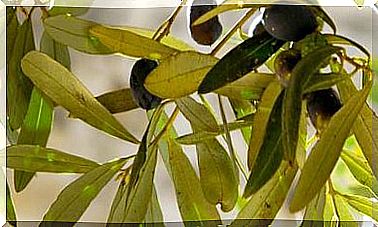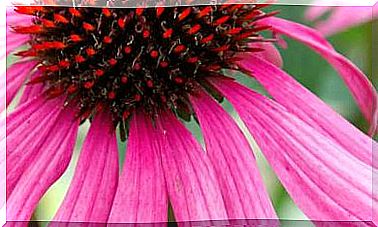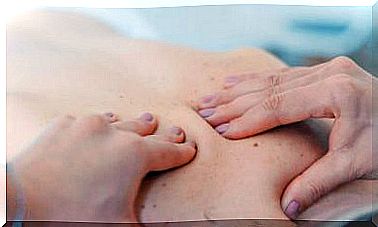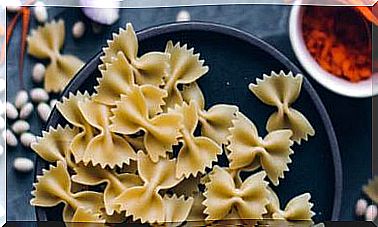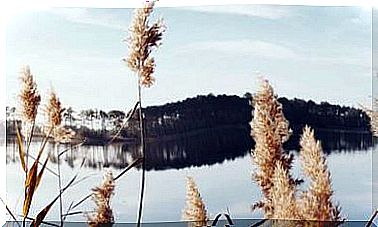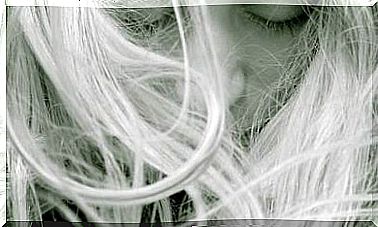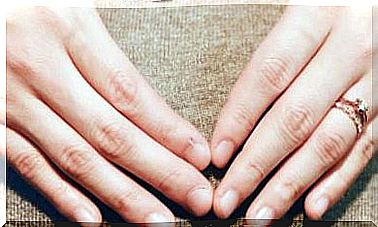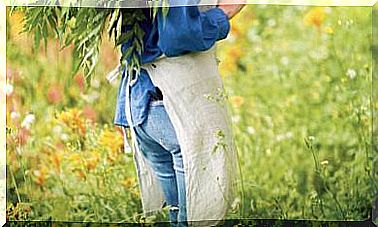How To Make Homemade Sauerkraut Step By Step
Sandor Katz is a great popularizer of fermentation and its health benefits. This is your recipe for making homemade sauerkraut step by step.
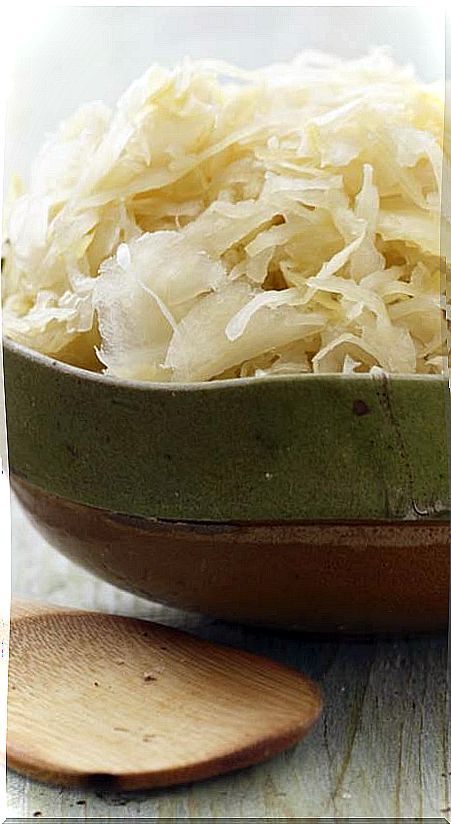
Fermentation provides probiotics. They are living microorganisms that balance the intestinal flora and increase our health.
Products as common as bread, yogurt or wine are possible thanks to fermentation. But within the not so well known fermented foods, perhaps sauerkraut is the most widespread.
Sandor Katz’s Sauerkraut Recipe
Sandor Katz makes his sauerkraut from cabbage or other vegetables without adding water, using the juice of the vegetables to ferment. It is the simplest and most direct way, and it provides a stronger flavor.
With this recipe, the necessary sauerkraut is made to fill a 1-liter pot.
Utensils
- 1 liter wide-mouth jar or sauerkraut
- 1 wooden mallet
Ingredients
- 1 kilo of vegetables per liter: cabbages, radishes, carrots, beets, onions, leeks, garlic, green leaves, peppers …
- 1 tablespoon of salt (start small and add to taste).
- Other seasonings: caraway seed, juniper, cumin, dill, chili, ginger, turmeric, dried cranberries …
Preparation
- Prepare the vegetables. Chop or grate all the vegetables in a bowl, and then season them to taste little by little. It is about exposing the largest surface of the vegetables to get the most liquid out of them.
- Squeeze the vegetables. Do it by hand for a few minutes (or use a mallet). This breaks down the cell wall of the vegetable and allows its juices to be released. Squeeze until, when you grab a handful and squeeze, liquid comes out.
- Rest the vegetables in a jar. Press the vegetables with your fingers or a mallet, until the air is expelled and the juice rises above the vegetables. Do not fill the jar: leave space so that the liquid does not spill.
- Aerate. Uncover the jar every day, especially at the beginning, when fermentation is most vigorous.
- Waiting. It can take weeks or months. Try it and decide. In a warm environment it is faster.
